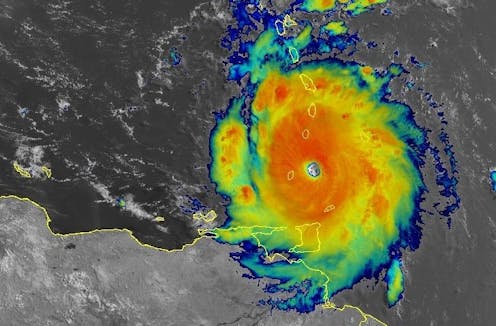
Extreme weather – Analysis and Comment

Beryl’s strength and rapid intensification set records for so early in the year. It’s alarming in what’s expected to be a very active Atlantic hurricane season, as a meteorologist explains.
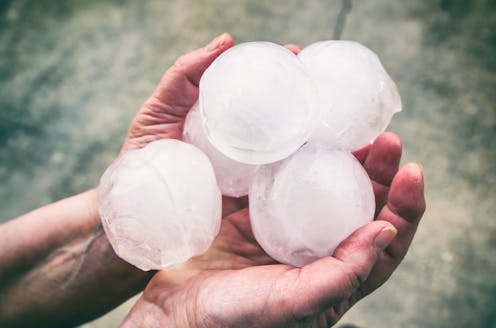
An atmospheric scientist explains how hail forms and what to do if you’re suddenly being pelted by giant ice chunks falling from the sky.

The June heat wave triggered warnings of a flash drought and caused a surge in ER visits. Many other countries have been facing extreme heat at the same time.

Spring 2024 was menacing for large parts of the US, with a tornado nearly every day in May. Tornado outbreaks tore up communities across multiple states.

The heat comes from everywhere when you’re active outside on hot days – the Sun’s rays, the air around you, the ground and even your own body.
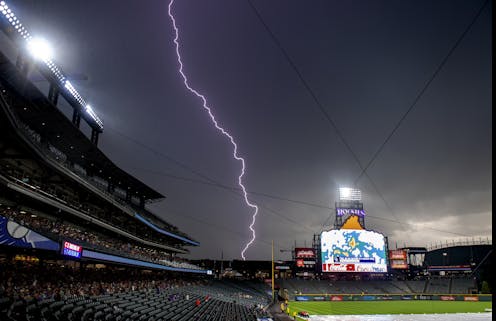
What really happens when lightning strikes cars, what to do if you’re out in the open or on a beach, and other tips for National Lightning Safety Awareness Week.

The answer depends in part on where you live. If it’s extremely hot and humid, the health risks are much higher.

A risk expert explains how to read the heat index and interpret extreme heat warnings, and how to stay safe.
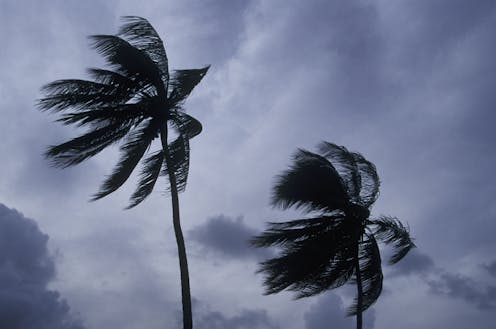
Hardening electric transmission systems and monitoring ocean temperatures are two key priorities.
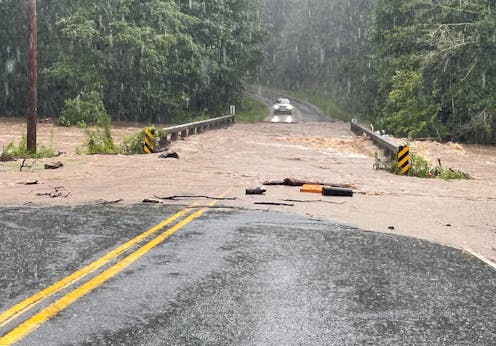
In the mountains, heavy downpours can be devastating, especially when storms hit back to back. .
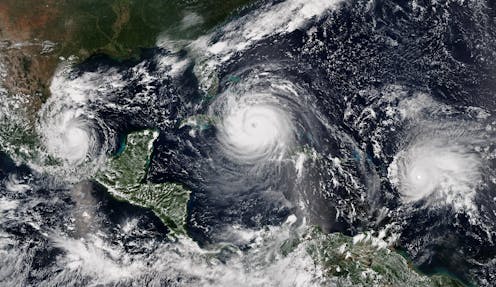
NOAA issued its busiest preseason hurricane forecast yet, with the second highest accumulated cyclone energy. An atmospheric scientist explains what’s behind the numbers.

Older adults face greater health risks from extreme heat for several reasons, including their medications..

Vertical wind shear can keep tropical storms in check, particularly during El Niño years. When El Niño is gone, it’s a different story.

Option price swings show how much traders believe seasonal climate and weather matters for all sorts of industries, not just the ones you might expect.

States could be in for another summer of unhealthy wildfire smoke as ‘zombie fires’ resurface in western Canada and more blazes break out in the dry conditions.
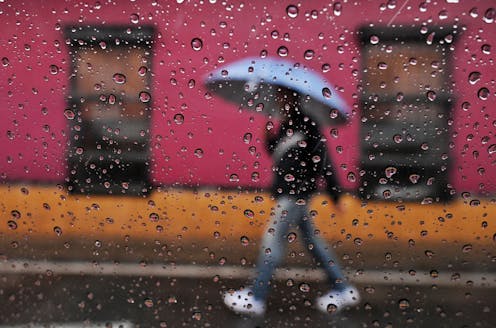
After a year of record-breaking global heat with El Niño, will La Niña bring a reprieve? That depends on where you live and how you feel about hurricanes.
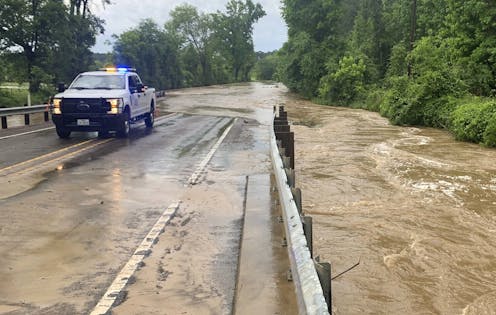
Too much pavement and old drainage systems are just two of the problems communities face.

Practices such as redlining left marginalized groups in more disaster-prone areas with poorer quality infrastructure − and more likely to experience prolonged power outages.

A powerful storm system produced dozens of destructive tornadoes over three days that tore apart homes in Oklahoma, Nebraska and Iowa. A meteorologist explains the conditions that fueled them.
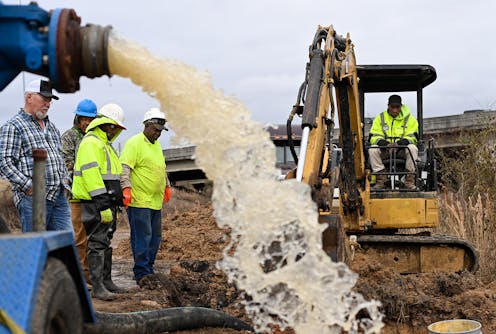
Extreme downpours and droughts, both fueled by rising global temperatures, are taking a toll. Communities trying to manage the threats face three big challenges.

Turning off power is a last-ditch strategy for utilities to reduce the risk that their systems could spark wildfires. In most states, deciding whether to take that step is up to utilities.

The US Department of Agriculture has updated its plant hardiness zone map, which shows where various plants will grow across the country. Gardeners should take note.

Scientists now have a better understanding of the risks ahead and a new early warning signal to watch for.

The strong El Niño that started in 2023 will still have big impacts at least through March. Here’s what to watch for next.

Researchers tracked power outages after 8 major storms to see how wealth corresponded to recovery time.
